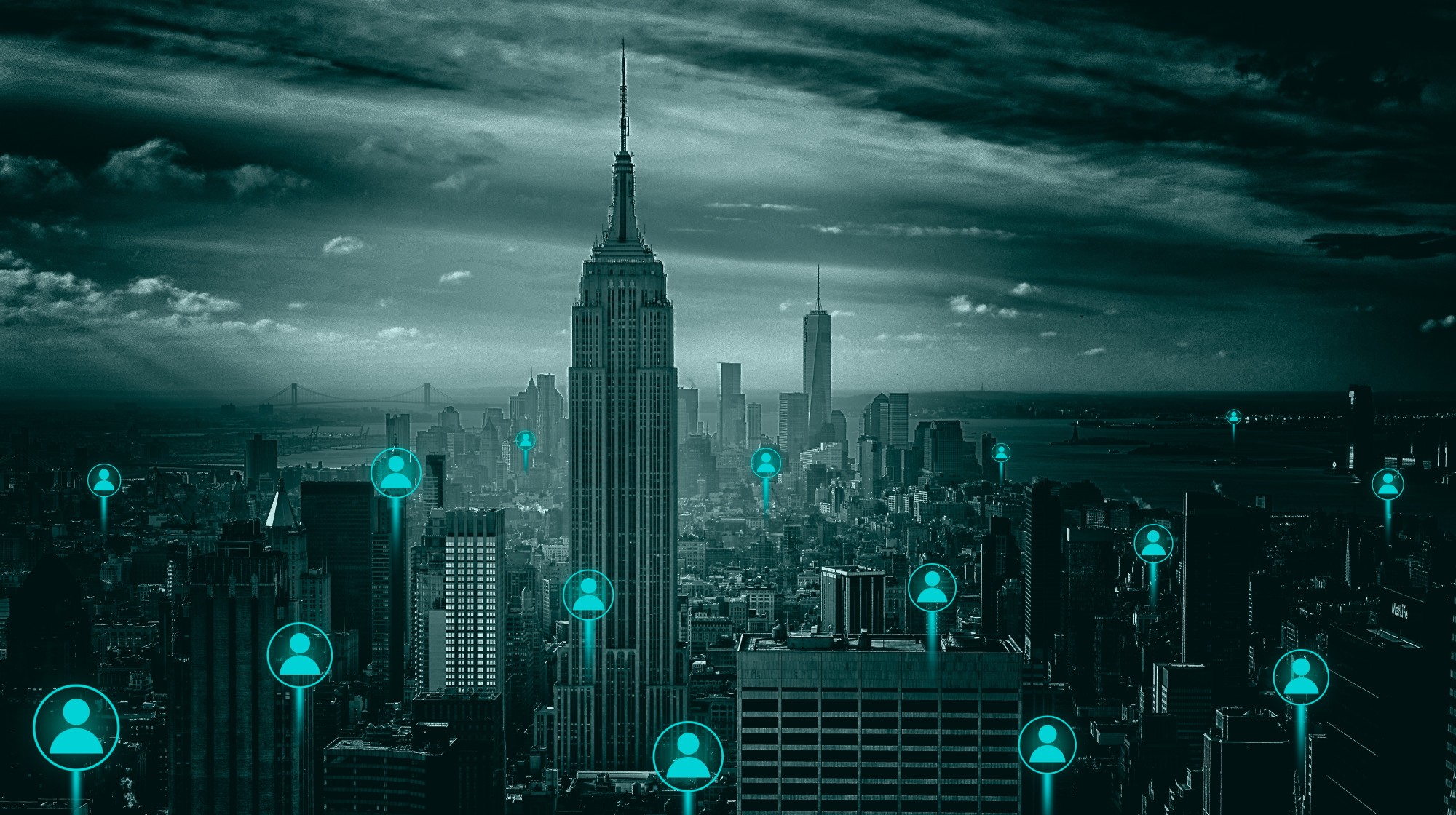
As of July 2020, approximately 4.83 billion people were online or 62% of the world’s population. The internet just recently celebrated its 50th birthday and for the majority of the world, it has become an undeniable part of our everyday lives.
The internet already defines how we access information and communicate with the world around us, but what does our internet future look like? Will we see even more changes in our lives soon as internet technology continues to evolve? Read on to find out where the internet is likely to take us in the next ten years.
Internet Future Predictions
It is nearly impossible to predict technology breakthroughs that haven’t happened yet. We can predict where things are going in the future by looking at the technology trends of today. The megatrend of internet technology has always been bigger, faster, and better overall user experience. This trend sees no end in sight and we are already peeking the future now.
Next to Instant Data Transfer
When the world wide web was first introduced in 1993 most everyone was accessing the internet via dial-up modems at a mind-numbing speed of 56 kps. Access was so slow that most websites didn’t even have pictures because it took too long for the page to load on browsers.
Internet data transfer speeds have come a long way since then. As of July 2020, the global average internet speed was for mobile download 34.51 Mbps, upload 10.93 Mbps, and for fixed broadband 81.46 Mbps download 42.63 Mbps upload. These speeds are impressive already, allowing for video conferencing and streaming video. The internet of the future will be even faster.
Fiber Optics
Researchers at universities in Australia recently broke the world record by demonstrating an awe-inspiring 44.2 Tbps (terabits per second). Amazingly they were able to do this using standard optic fiber. Nobody is saying that this kind of speed will be in your homes any time soon, but it is possible for everyone’s internet future.
Fiber optic infrastructure is already expanding in every major city in the world. It is just a matter of time before light speed Internet becomes standard with fiber optic cables replacing existing communications infrastructure on the ground.
Mobile Internet
Mobile internet protocols are about to see a major jump in performance with the introduction of 5g mobile communications technology. 5g is already popping up in limited areas throughout the world with this trend expected to continue until 5g replaces 4g mobile data service.
The performance of 5g varies depending on many factors. With speeds ranging from 1 Gbs to 10 Gbs near-instant access to media online is the future of wireless internet as well.
More Connections with IoT
The internet of things (IoT) is the umbrella term for any device that collects data and communicates via an internet connection. More and more items are becoming smart devices. Everything from door locks to coffee makers are going online.
One of the most exciting trends in digital technology is that the cost of computing devices is decreasing exponentially. In 2018 IBM announced that it is building the world’s smallest computer. The tiny computer is only 1mm x 1mm, powered by solar, has the computing power of a 1990 PC, and costs less than ten cents to manufacture.
Tiny cheap computers will be in everything in the near future. With display technologies also getting cheaper you will be able to interact with the devices through more and more everyday surfaces as well. In the next 10 years, you may be able to buy a coffee mug for $10 that tells you how hot your coffee is and marks the day’s breaking news across its brim.
Augmented and Virtual Reality
The internet is taking a leap off the screen into our very reality. AR and VR are still developing technologies that seem to forever promise a science-fiction-like future where we are able to interact with the internet based on what we are experiencing in the world around us.
Faster speeds and bigger bandwidth will allow us to see the internet in our world by simply wearing headsets. There is an invisible layer of AR being created in the future where everywhere you go you can access these elements by interacting with the augmented and virtual realities created for you.
Imagine shopping in a supermarket and in your headset or on your smartphone, you see all the information you want to know about every item you pick up appear in the air next to it. Imagine asking an apple where it came from and actually getting that information from it.
AI-Powered Online Digital Assistants
For the most part, our devices respond to our commands and give us the information we ask for. The next stage in the internet’s evolution is going to be a more helpful internet. Thanks to regular breakthroughs in deep learning AI, digital assistants are able to anticipate our needs and take action for us without even being told to do so directly.
We are slowly beginning to trust our devices more. After all, they are getting to know us, our preferences, our likes, and dislikes, even more than our friends and family. Our favorite websites are becoming are friends, quite literally looking after our needs and making helpful suggestions in every part of our lives.
Future of the Internet
It is clear that the times are changing and the internet will continue to play a big part in shaping how we connect with the people and places around us in our future. The internet future is exciting and heading our way so fast we might miss it if weblink. Don’t miss out and read more technology articles on our site.





